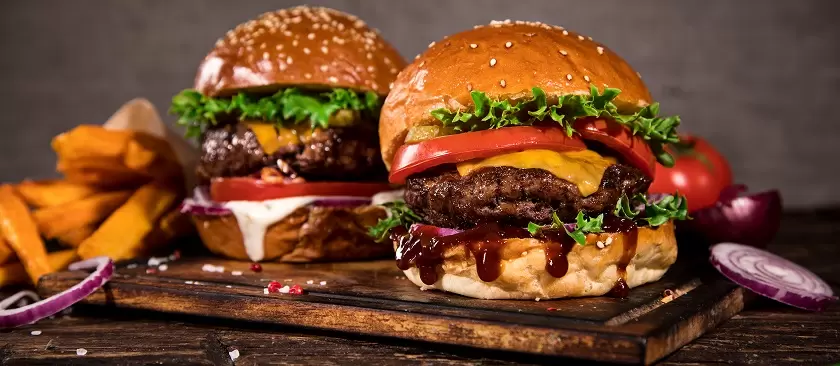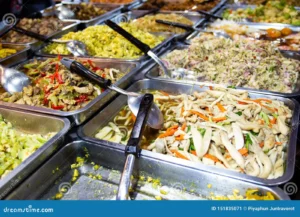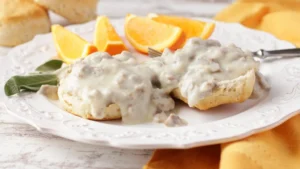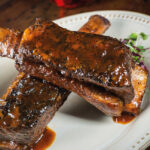Gift giving can be difficult, specially when it comes to fit to be food items. As the recipient, we’ve all been inside the situation of receiving a gift items that isn’t without a doubt some thing we want.
So how do you determine which food items to actually keep versus regifting? Let’s explore some common food gift scenarios and provide tips for deciding what makes the cut based on your preferences and storage capabilities.

What to Do With Baking Ingredients
Baking ingredients like flour, sugar, chocolate chips are commonly given foods. However, not all baking items have the same practicality. Items with a long shelf life that I know I’ll use, such as chocolate chips, are definitely keeps.
I can see myself baking cookies or adding them to homemade granola. Alternatively, specialty flours from grains I don’t typically cook with would likely get regifted. Without the space or foreseeable need, flours with shorter freshness windows don’t make sense for my pantry.
Another option is to accept baking extras and collaborate on a baking project with friends. You each bring one item to contribute to a group cookie or muffin bake. This way no one is stuck with more than needed of any single ingredient.
Handling Homemade Food Items
Home made items require special dealing with to preserve their quality for as long as feasible. Baked items like cookies or breads are excellent frozen in an airtight box for up to three months.
Jams and different preserves can remaining six to three hundred and sixty five days refrigerated after opening. For items with a shelf life shorter than I can reasonably consume before spoilage, regifting allows the baker’s work to be enjoyed.
Table 1: Shelf Life of Common Homemade Foods
| Food Item | Refrigerated Shelf Life | Frozen Shelf Life |
|---|---|---|
| Cookies | 3-5 days | 3 months |
| Quick breads | 5-7 days | 2-3 months |
| Fruit pies | 3-5 days | N/A |
| Jams/preserves | 6-12 months | 6-12 months |
Consider freezing treats in individual portions that one or two people can enjoy at a time. This prevents waste from thawing the entire batch. Proper storage is key for maximizing the time you can savor homemade gifts.
Storing Fresh Fruit Baskets
Tropical and seasonal fruits require different handling depending on your produce storage ability. Berries are high priority as their quality deteriorates rapidly. Eat within 2-3 days or freeze for smoothies.
Pineapples and melons last 5-7 days refrigerated when ripe yet have compact storage footprints. Stone fruits like peaches survive refrigeration for 1 week.
Exotics mangoes , papayas and kiwis often overstay their prime in just a few days. Without facilities for proper chilling, these gifts get redirected or shared. Alternatives might be fresh apples or oranges with 2+ week spans.
Savoring Snack Assortments
Mixed salty and sweet snack boxes present an assortment to graze. Crackers, chips and granola bars maintain crispness for 1-2 months unopened.
Once the package seals break though, 2 weeks or less. Squeezable or fried snacks suffer fastest from becoming stale or soggy within days. Carefully sorting options by due dates allows fully appreciating most items before expiration.
Resifting treats with shorter viability prevents waste while still expressing gratitude for gift giver’s thoughtfulness.
Frequently Asked Questions
Conclusion of food items
The bottom line is selecting which edible gifts you can realistically consume before spoiling based on your habits and storage capacity. With a little sorting and planning, there are usually ways to accept most foods while bypassing those less suitable.
Consider factors like ingredients you regularly use, shelf life guidelines, individual portioning and sharing extras with others. With some practical handling, even the most well-intentioned food items can become appreciated perks rather than problematic presents.













